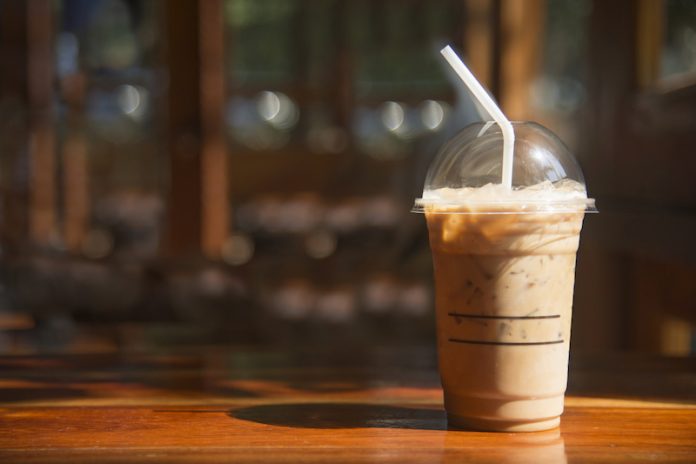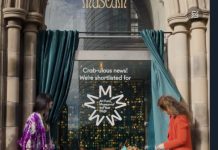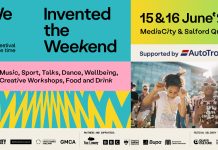Iced coffee blends from high street coffee chains contain shocking amounts of sugar, with many ‘regular-sized’ or medium drinks easily exceeding the maximum recommended daily sugar intake for adults and having higher levels than a Mars bar or can of Coke, Which? research has revealed.
Which compared frappès and frappuccinos from three of the biggest coffee chains – Caffe Nero, Costa and Starbucks – and found many had exceptionally high sugar levels.
One of the unhealthiest options the consumer champion found was a Starbucks caramel frappuccino with semi-skimmed milk, containing 48.5g of sugar – 12 teaspoons’ worth.
NHS health advice suggests a maximum of 30g, or around 7 teaspoons of free sugar per day.
A Caffe Nero Belgian chocolate & hazelnut frappè crème contained a staggering 44.5g of sugar – equivalent to 11 teaspoons.
Costa also fared badly, with a Chocolate fudge brownie frappè mocha with oat milk amounting to 42.6g of sugar, or 10.5 teaspoons.
For comparison, a 51g Mars chocolate bar contains 31g of sugar, working out at 7.5 teaspoons, while a 330ml can of Coca-Cola contains 35g of sugar, which works out at around eight-and-a-half teaspoons.
Consumers would likely think plain coffee flavour frappès and frappuccinos would be healthier, but, while they do contain less sugar, levels are still relatively high. For example, a Costa Coffee frappè with skimmed milk contains 21.3g of sugar.
By law, the calorie content of these drinks needs to be displayed in store. All restaurants with more than 250 employees must display calorie labelling for all food and drink. However, the sugar content does not need to be displayed so consumers are at risk of unwittingly exceeding the maximum recommended daily intake of free sugars.
While, for the dairy-based drinks at least, some of the sugar content comes from lactose, all also contain high amounts of free sugars. Free sugars are added sugars and those found naturally in syrups, honey and fruit juice. Health advice is to limit how much of these sugars people consume, due to their damaging impact on teeth. A high intake of free sugars can also lead to weight gain.
If consumers want to cut their sugar intake but still enjoy an iced brew, a simple switch is to opt for iced versions of a standard coffee instead. These are typically unblended, and involve a shot of coffee mixed with milk (or dairy-free alternative) and ice cubes in a cup, such as an iced Americano or Latte. These contain much less sugar, because they do not contain added sugar – or the sugary syrups used for frappès and frappuccinos.
In Starbucks, an Iced Americano contains just 0.2g of sugar whereas an iced cappuccino with skimmed milk has 8.5g, the equivalent of 2 teaspoons of sugar. At Costa, an Iced flat white with semi-skimmed milk contains 11.2g of sugar, which is 2.5g teaspoons. To note, this is sugar found naturally in cow’s milk and does not count towards your free sugar intake.
In 2018 the government introduced a Soft Drinks Industry Levy (SDIL), known as the ‘sugar tax’, in an attempt to clamp down on high sugar levels in drinks. Some drinks are exempt from the tax – including fruit juices, and drinks made on site and served in open cups. Syrups, often used in frappés, are also exempt. This means these iced coffees are exempt, even though they contain more sugar than other drinks that are subject to it.
If consumers were to purchase a drink in a shop, all nutritional information would be labelled clearly, including its sugar content. However, in a coffee shop, only displaying the number of calories is legally required.
Shefalee Loth, Which? Nutritionist, said:
“Our analysis of sugar content in iced coffee blends shows people could unwittingly be consuming much more sugar than they realise, with potentially damaging implications for their health.
“High street chains need to take more responsibility and reduce the excessive sugar content of some of their drinks to protect people’s health.
“When buying an iced drink, there are alternative, healthier options to choose, such as a standard iced coffee, which contains far less sugar.”







